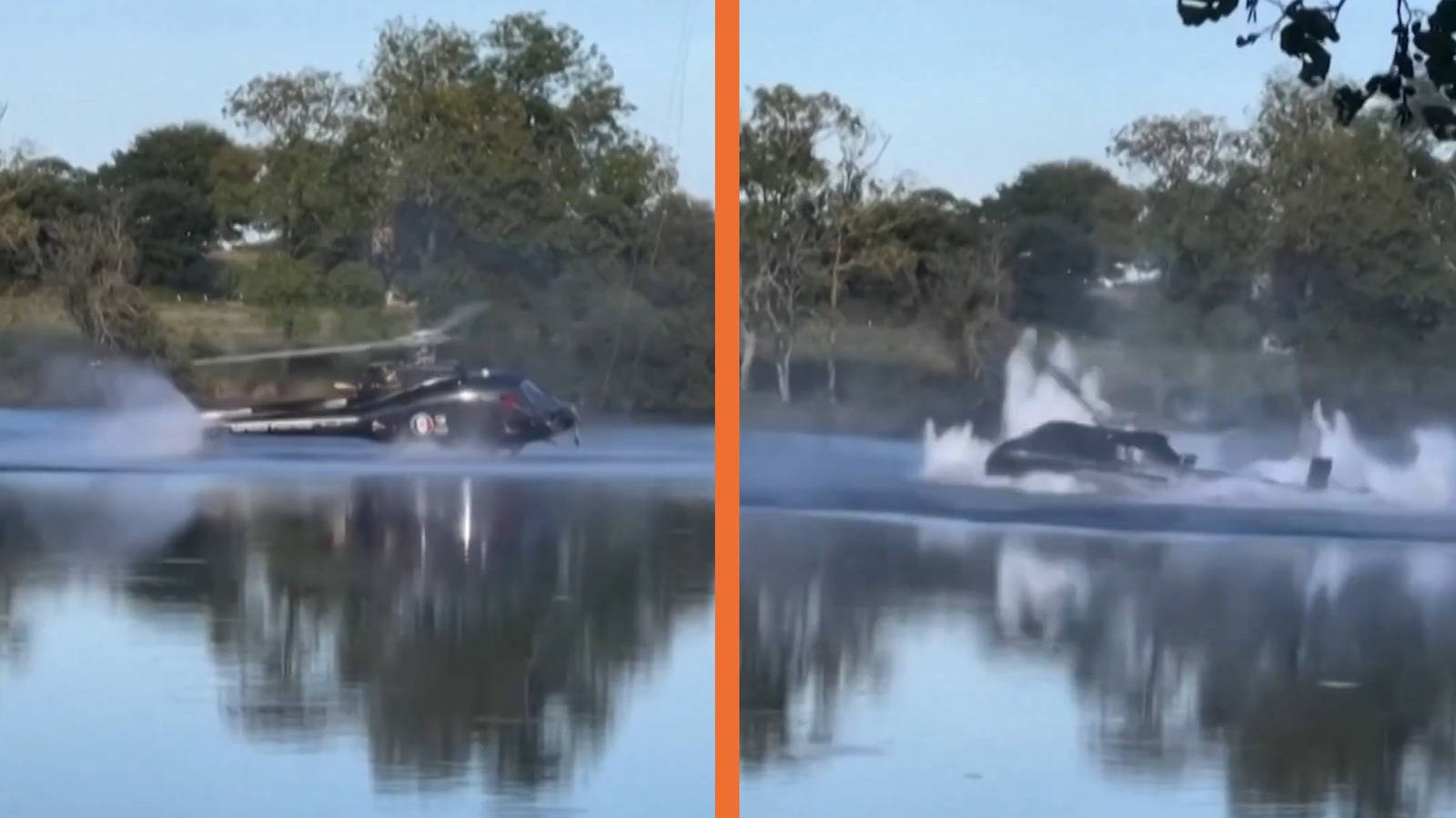What Happened When a Helicopter Crashed Into a French Lake While Fighting Wildfires?
Picture this: a helicopter swooping low over a sparkling lake in southern France, buckets dangling, engines roaring. It’s not a sightseeing tour—it’s a desperate mission to fight a raging wildfire. But on Sunday, things took a dramatic turn when that very helicopter plunged into the water mid-operation, sending ripples of concern through both the firefighting community and local residents.
Why Was the Helicopter Collecting Water Over the Lake?
Wildfires in France, especially during the dry summer months, can spread at an alarming rate. When ground crews can’t reach the flames, helicopters become the heroes of the hour. They scoop up thousands of liters of water from nearby lakes and rivers, then douse the fire from above. It’s a risky maneuver, requiring precision flying and split-second timing. The pilot has to hover just above the surface, lower the bucket, fill it, and then lift off—often while smoke clouds and gusty winds add to the challenge.
What Caused the Helicopter to Crash?
While the official investigation is still underway, early reports suggest that mechanical failure or a sudden shift in wind could have contributed. Helicopters are complex machines, and even a minor glitch can spell disaster when you’re flying low and heavy. According to the European Union Aviation Safety Agency, aerial firefighting operations are among the most hazardous types of flying, with accident rates significantly higher than other helicopter missions. Fatigue, unpredictable weather, and the urgency of the mission all play a role.
Were There Any Injuries or Environmental Impact?
Thankfully, initial updates from French emergency services indicate that the pilot managed to escape with only minor injuries. Quick action from rescue teams on the shore helped prevent a tragedy. As for the lake itself, authorities are monitoring for any fuel leaks or debris that could harm local wildlife. Environmental experts from France’s National Agency for Water and Aquatic Environments have been called in to assess the situation, though so far, no major contamination has been reported.
How Common Are Helicopter Accidents During Wildfire Operations?
Unfortunately, incidents like this aren’t as rare as we’d hope. A 2022 report from the International Association of Wildland Fire found that aerial firefighting crews face a risk of fatal accidents nearly five times higher than other helicopter pilots. The combination of low-altitude flying, heavy loads, and unpredictable conditions makes every mission a high-wire act. In the past decade, France has invested heavily in pilot training and upgraded equipment, but the danger remains.
What Steps Are Being Taken to Prevent Future Crashes?
After any crash, aviation authorities conduct a thorough investigation to pinpoint what went wrong. The goal isn’t just to assign blame—it’s to learn and adapt. In recent years, France has introduced advanced flight simulators for wildfire pilots, allowing them to practice emergency scenarios in a safe environment. There’s also a push to use drones for reconnaissance, reducing the need for manned helicopters in the most dangerous conditions. Some regions are experimenting with new lightweight buckets and improved communication systems to make water drops safer and more efficient.
What Does This Mean for Wildfire Response in France and Beyond?
The crash is a stark reminder of the risks firefighters take every time they answer the call. It also highlights the need for ongoing investment in technology, training, and safety protocols. As climate change fuels more intense wildfires across Europe, the pressure on aerial crews will only increase. Experts from the French National Institute for Industrial Environment and Risks emphasize that collaboration between pilots, engineers, and emergency planners is key to staying ahead of the curve.
A Final Thought on Safety and Resilience
The big takeaway? Fighting wildfires from the air isn’t about perfection—it’s about smarter adjustments. Start with one change this week, whether it’s reviewing safety checklists or investing in better gear, and you’ll likely spot the difference by month’s end. The courage of those pilots deserves nothing less.


